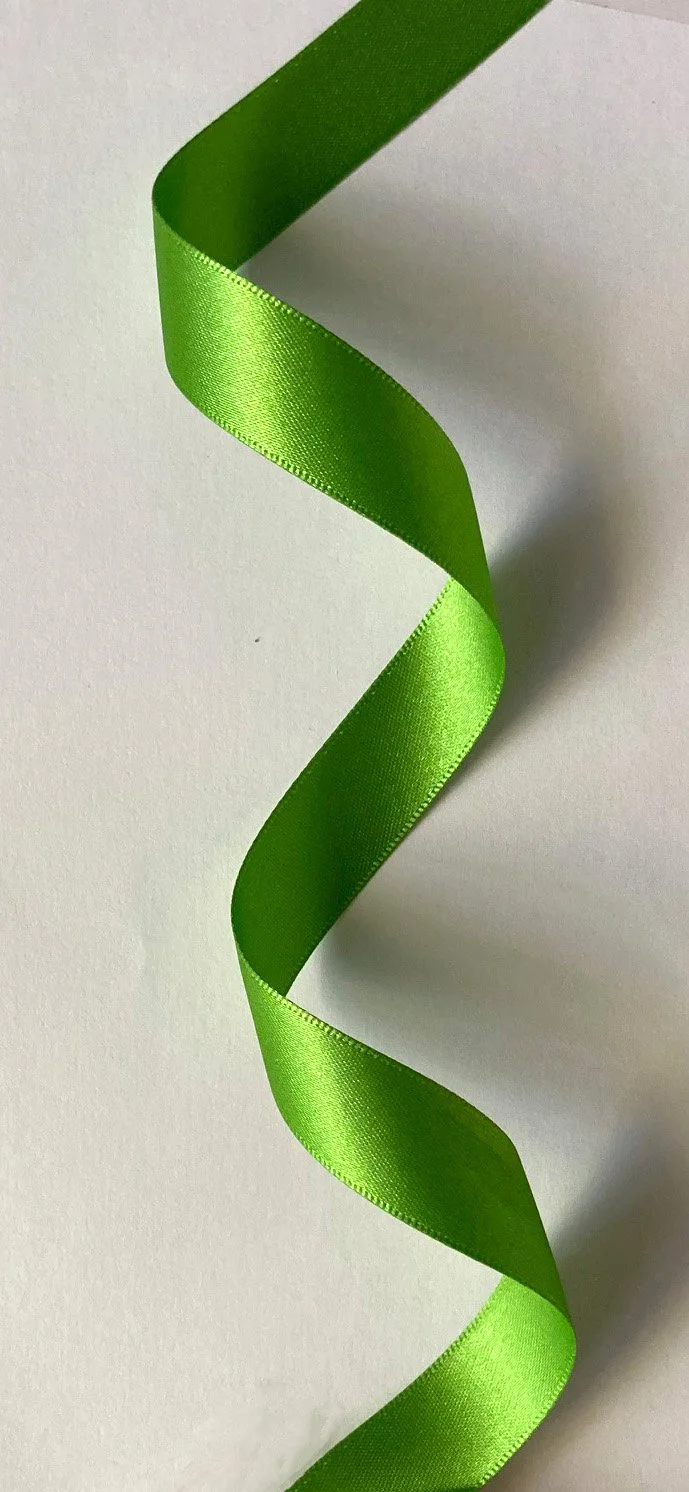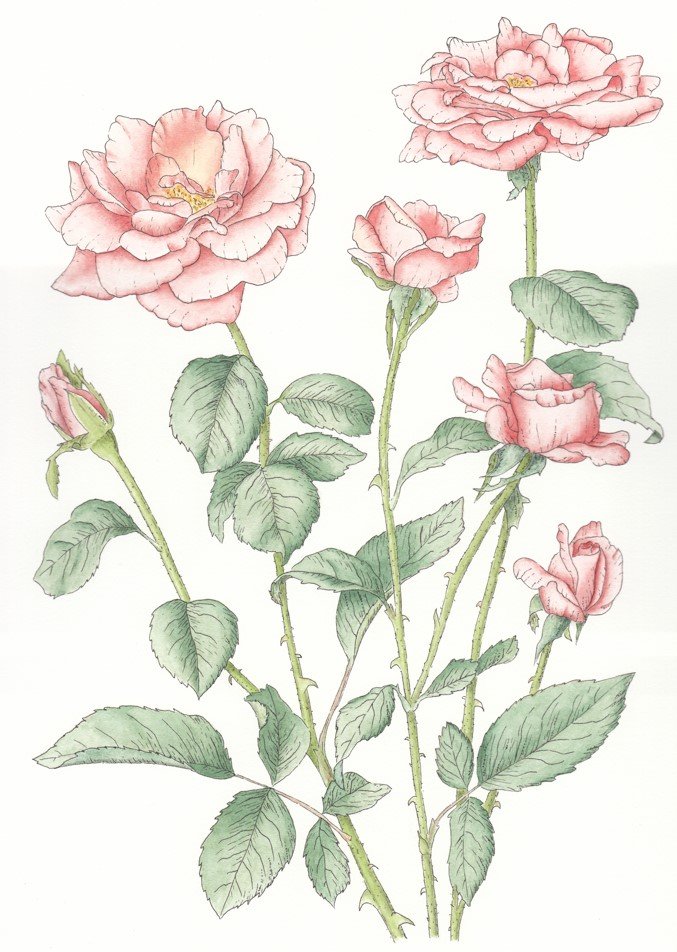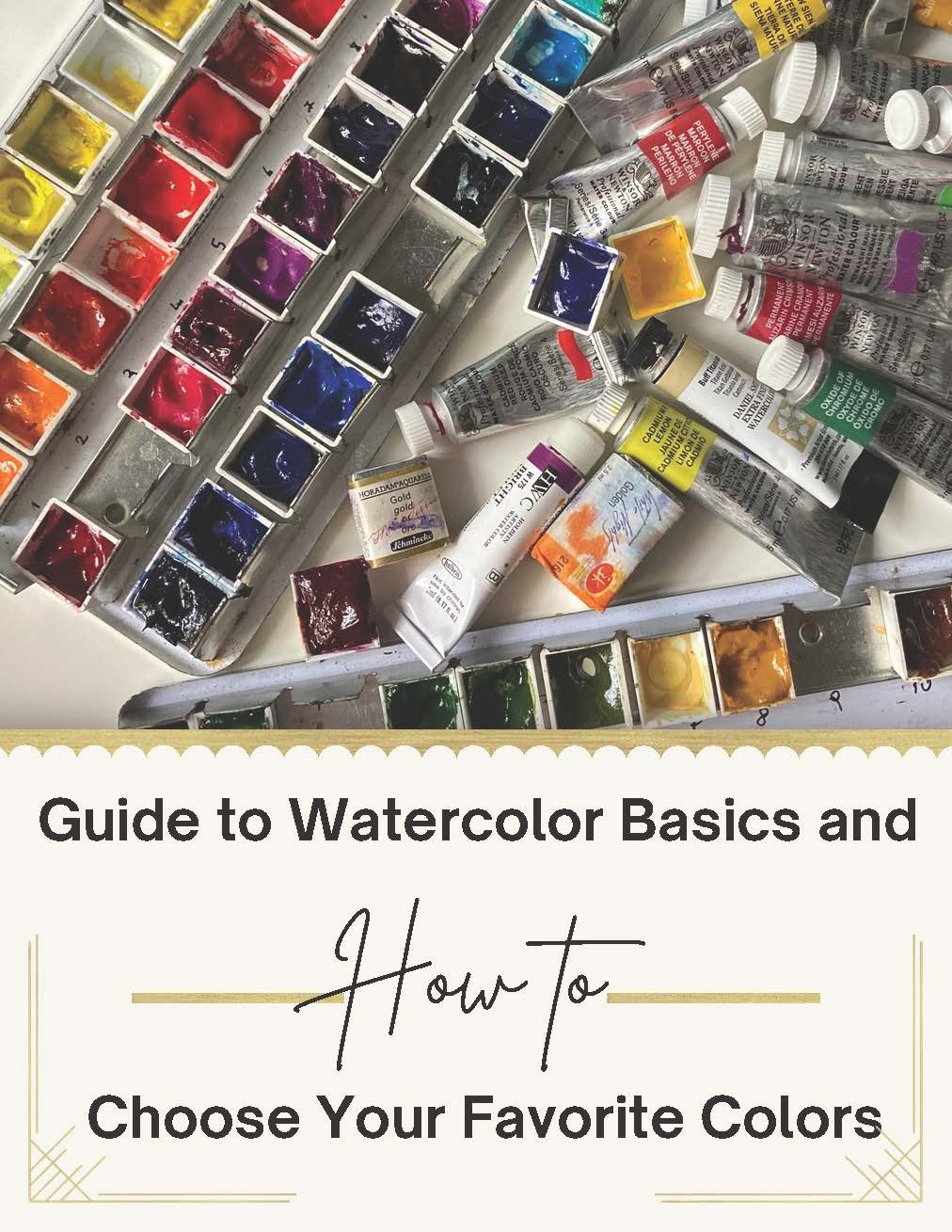Hello, lovely artists and nature enthusiasts!
Today, I want to talk about a fundamental aspect of botanical art - conveying form to the subjects you paint. It's an essential skill that can take your artwork to the next level and bring your botanical masterpieces to life. As an online teacher and fellow botanical artist, I'm passionate about helping you nurture your artistic abilities, and learning how to paint a simple ribbon can be a fantastic exercise to hone this crucial technique.
If you would like help with learning how to paint a ribbon you could check out my class: Mastering Dimension: Painting A 3D Ribbon in Watercolor either on Skillshare or Gumroad
You might be wondering, "Why a ribbon?" Well, a ribbon might seem like a simple subject, but it has unique characteristics that make it an excellent tool for learning to convey form. Let me explain:
Understanding Light and Shadow: When you paint a ribbon, you'll notice how light falls on its surface, creating highlights and casting shadows. This exercise will train your eye to observe how light interacts with different shapes and how shadows contribute to defining the form of an object. The same principles apply when painting leaves, petals, or even the curves of a fruit.
Mastering Gradation and Blending: Ribbons often exhibit smooth gradations of color, and blending these hues seamlessly is key to a realistic representation. This skill is directly transferable to painting petals, where soft transitions between colors create a natural, lifelike appearance.
Learning to Capture Folds and Curves: A ribbon's flowing nature involves delicate folds and curves. By practicing these shapes, you'll gain proficiency in portraying the natural curves and contours of leaves, stems, and various botanical elements.
Appreciating Negative Space: The space around the ribbon is as important as the ribbon itself. Paying attention to the negative space will teach you how to create balance and harmony in your compositions, which is equally valuable when depicting complex plant arrangements.
Exploring Color Variation: Though ribbons may seem plain at first glance, they often exhibit subtle color variations due to lighting and surface texture. These variations will help you refine your color mixing skills, which are essential when painting the intricate shades found in flowers and foliage. If you want help with color mixing, have a look at my class: How To Mix Luminous Watercolors
Enhancing Composition Skills: By focusing on the graceful curves and symmetry of a ribbon, you'll develop a better understanding of how to compose your botanical artwork effectively. This newfound skill will elevate your ability to place elements on your canvas with purpose and grace. For tips and advise on composition, have a look at my class Composition For Floral Painting
Now, let's see how the skills acquired from painting a ribbon can be applied to other subjects:
Ink and watercolor roses
1. Flowers: The techniques of conveying form, understanding light and shadow, and blending colors seamlessly are vital when capturing the beauty of a flower's petals and the intricacies of its structure. This is especially useful when painting roses with their delicate folding petals.
Ink and watercolor Daffodils and Anemones
2. Leaves and Foliage: Mastering folds and curves will greatly benefit you in portraying the lushness of leaves, especially with long and narrow leaves such as those of daffodils.
3. Fruits and Berries: Understanding how light interacts with the smooth surfaces of a ribbon will come in handy when capturing the sheen and gloss of fruits and berries.
4. Stems and Branches: When painting stems and branches, the ability to work with subtle color variations will help you recreate the nuances of bark and wood.
Remember, every subject in botanical art has its unique characteristics, but the core principles of conveying form remain consistent. So, the next time you find yourself uncertain about a particular subject, try painting a ribbon first. It's a charming and insightful exercise that will undoubtedly strengthen your artistic foundation and elevate your botanical artistry.
Till next time
Happy painting! Keep blossoming and nurturing your creative journey.
Katia
Your Friendly Botanical Art Teacher
PS. If you’d like to keep in touch If you’d like to keep in touch, click HERE to receive my latest news and freebies
PPS I have created a short e-book called “Guide to Watercolor Basics and How To Choose Your Favorite Colors”, with lots of useful information for beginners watercolorists. Click HERE if you'd like to download it.






